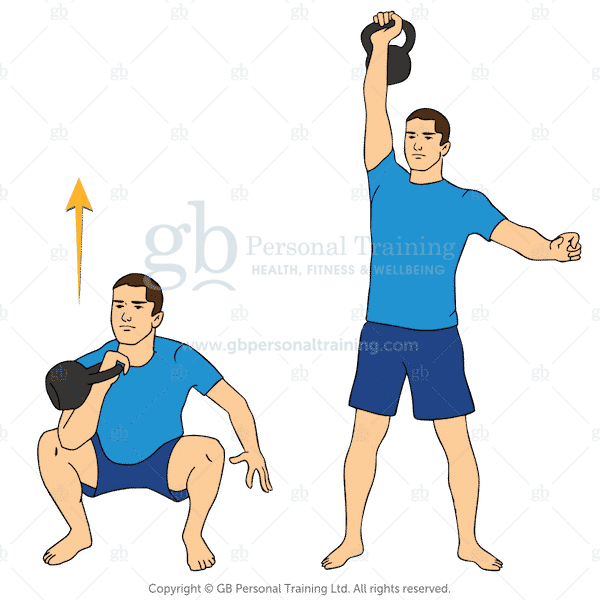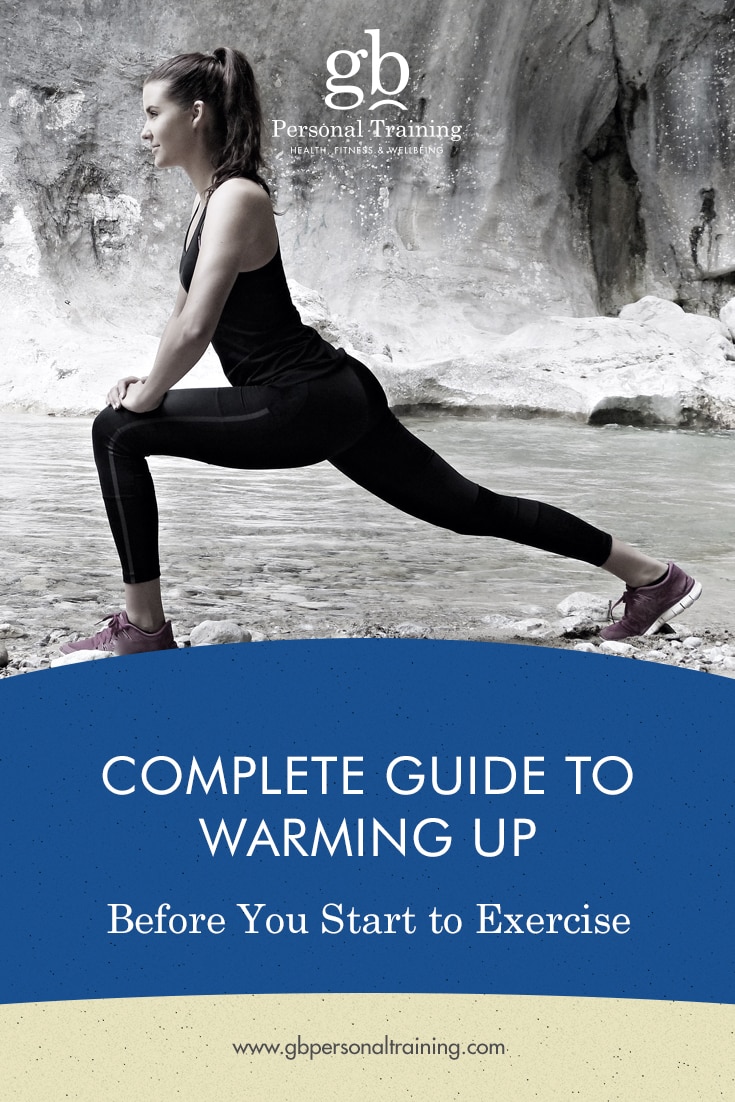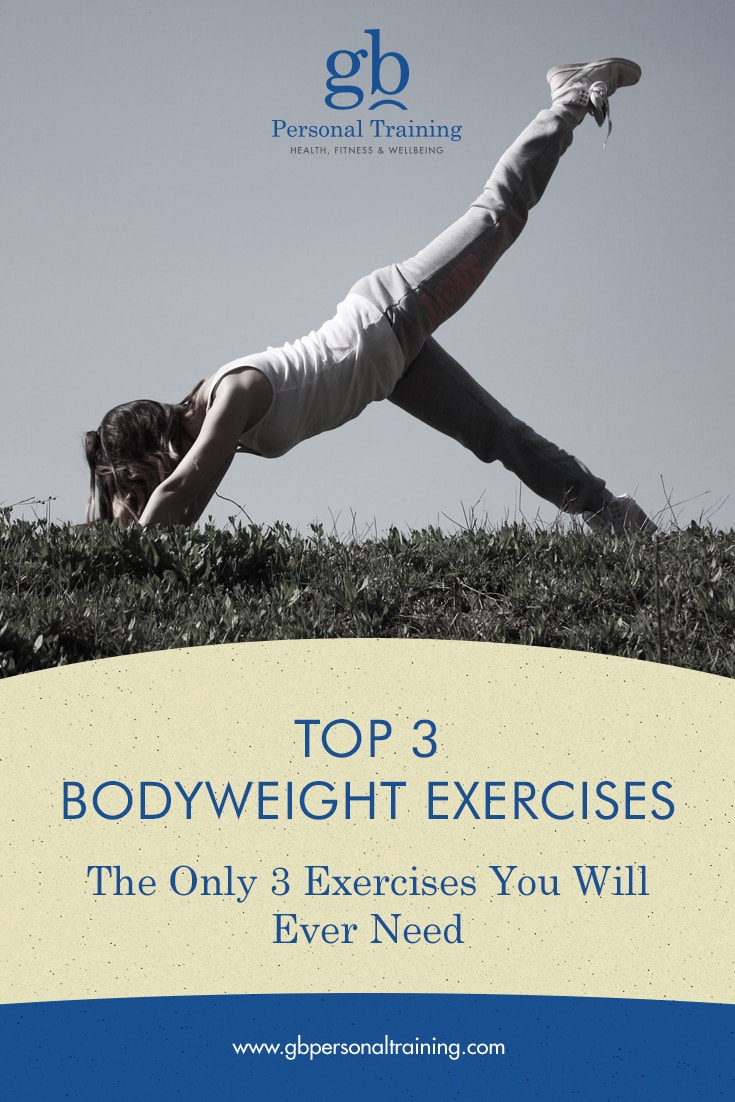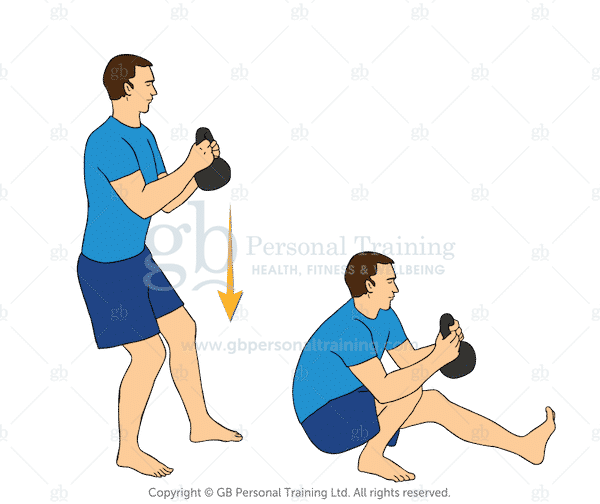
There are many problems associated with the consumption of dairy.
Milk gets denatured due to Pasteurization, the process of heating milk to high temperatures, which destroys vital vitamins, minerals, good bacteria and enzymes.
Many people can’t tolerate milk, they lack the necessary enzyme Lactase to digest the milk sugars.
Even baby milk powder producers understand this problem and artificially add the enzyme Lactase.
If you are Gluten sensitive you generally won’t tolerate dairy too well either.
One of the biggest objections I hear when I ask clients to give up dairy is “But what about the Calcium?“
So here is a list of foods higher in calcium than milk so you won’t need to go without this important mineral.
# 1 – Sea Vegetables

Sea Vegetables include: Wakame, Kelp, Hijiki, Arame, Nori and Kombu.
According to Dr. Bowden “There are no group of plants on the planet richer in nutrients, minerals and trace minerals”.
The blood is of a similar composition to seawater so these sea vegetables help to cleanse and nourish the body.
Hijiki and Wakame contains 10 times the amount of calcium than milk.
Buy these Sea Vegetables in your health store and add to foods like a condiment.
# 2 – Wheat Grass and Barley Grass

Ever tried a Wheat Grass or Barley Grass shot?
You can almost feel the goodness as it goes down.
Paul Pritchard notes that these shots are very concentrated so you should not take more than 2 ounces at a time.
Barley grass is slightly milder so if you struggle with Wheat Grass you may want to try the Barley instead.
Very high in enzymes and almost 5 times the calcium of milk.
Dried wheat grass and barley grass is also available.
# 3 – Sardines

With almost 4 times the calcium of milk this little oily fish is a great option.
I choose to eat sardines over tinned tuna fish every time.
They are especially good as a convenient post workout snack straight out of the tin.
Very high in omega 3 fats, magnesium, iron, zinc and potassium.
Not forgetting they contain almost 4 times more calcium than milk.
Avoid the ones packed in Vegetable oil.
# 4 – Nuts

Yes the benefits of eating nuts just keep getting revealed.
Almonds have the highest amount of calcium at double that of milk.
Hazelnuts are next followed by Brazil nuts.
Ensure you buy your nuts as natural as possible.
Avoid those with added salt and even worst the ones that have been roasted.
Roasting nuts can have a detrimental effect on the nuts natural oils.
Nuts make great snacks, keep them with you at all times and enjoy at will.
# 5 – Watercress

I love the peppery taste of watercress.
Nothing beats a nice watercress salad, I even like adding a bit of watercress as a side to my eggs for breakfast.
4 times the calcium of milk and 6 times that of magnesium.
According to Dr. Bowden, this wonderful green also “contains as much vitamin C as oranges and more iron than spinach”.
With watercress so readily available it deserves a place in everybody’s refrigerator.
# 6 – Quinoa

Named by the Incas as the “Mother of Grains”.
Notorious for being very high in protein and containing all the essential amino acids.
Quinoa is a very diverse food that can be eaten hot or cooked and then eaten cold.
Great as a rice substitute for curries and to replace the terrible Couscous.
Still higher in protein than milk!
# 7 – Kale

I can never say enough good things about Kale.
Probably my favourite vegetable and a member of the cabbage family.
Great anti cancer properties, high in iron, vitamin A and C.
Kale is also a winner when it comes to calcium.
Kale makes great salads or can be used as a side dish when steamed.
If you haven’t tried Kale then it’s time to get started today.
Look Out!
Eating foods high in Calcium is great but ensure that you don’t inhibit the amount of calcium you absorb by drinking too much Coffee, Alcohol, Refined Sugars, Smoking and Exercising too much or too little.
Have you tried giving up dairy for 30 days? Let me know more below:
















